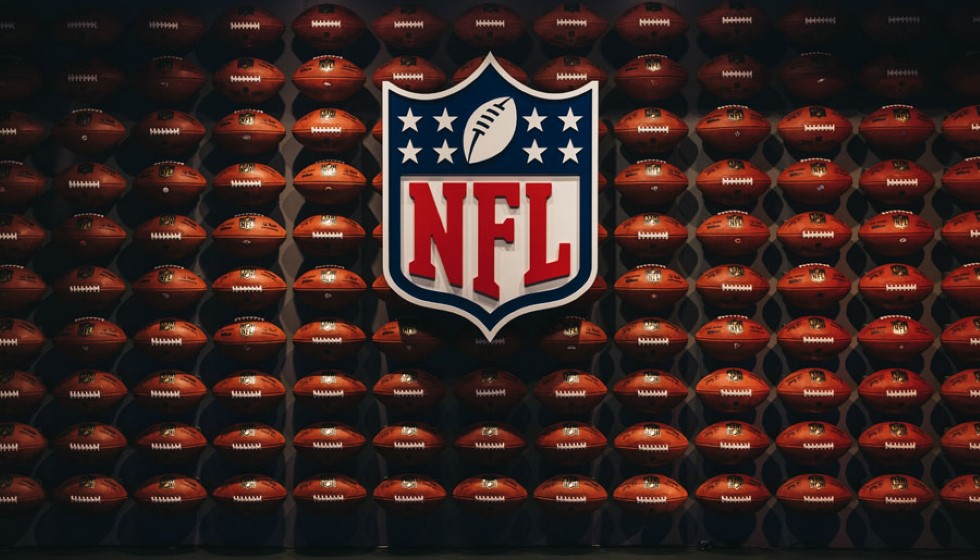
New York Giants Move On From Saquon Barkley
In a notable turn of events, the New York Giants have chosen not to franchise running back Saquon Barkley for the second consecutive year. This decision, reflective of a strategic shift within the organization, pivots away from low-balling the player with an offer viewed as disrespectful by Giants management.
Owner John Mara made it clear that he would have preferred to have Barkley remain with the team. Despite this preference, financial considerations and positional priorities led to a different outcome. General manager Joe Schoen emphasized the tactical move to delay acquiring a running back until the second week of free agency, aiming to provide better financial terms and value for the team. Schoen noted, "Bang for your buck," encapsulating the Giants' strategic posture toward player acquisitions.
New York's decision was partly predicated on the expectation that Barkley would not command a high salary in a competitive market. With comparable talents like Tony Pollard and Josh Jacobs also available, the Giants were banking on market dynamics to drive down Barkley’s expected salary. Contrary to their assumptions, the Philadelphia Eagles swooped in and secured Barkley with a lucrative deal worth $12.5 million per season over three years. This move by a division rival adds another layer of intrigue to the NFC East landscape.
Adding perspective to the Giants' decision was Schoen’s reliance on age-related performance data for running backs. "The data says that running backs decline at 27," Schoen informed Frank Gore during discussions. This data-driven approach factored heavily into the team's strategic calculations. Historically, running backs have often seen a dip in production around this age, which was a significant consideration given Barkley's tenure. Barkley amassed 900 carries at Penn State and has endured six physically taxing seasons in the NFL.
The team’s choice also intersects with broader trends in running back careers. For instance, Christian McCaffrey's age-27 season unfolded in 2023, marking a critical period for evaluating his long-term viability. Additionally, while players like Gore have defied the norm by excelling into their 30s, others like Derrick Henry have shown a decline in yards per carry despite maintaining impressive yards per game. Aaron Jones presents a counterexample—his performance has actually improved post-27, underscoring the variability in individual career trajectories.
There remains an inherent unpredictability tied to running back performance past a certain age. Consequently, there is no definitive way to measure the success or failure of the Giants' decision in releasing Barkley. Regardless of Barkley’s future achievements with the Eagles, the strategic choice made by the Giants will be scrutinized through multiple lenses, blending performance data, economic strategy, and future player development considerations.
The Giants' approach reflects a growing trend in the NFL where teams are increasingly hesitant to offer large contracts to running backs approaching or surpassing the 27-year threshold. This data-centric methodology aligns with broader league-wide management strategies focused on maximizing player value while mitigating risks.
Ultimately, the Giants' resolve not to secure Barkley underscores a fundamental shift within the organization toward a more analytical and financially guarded approach. Time will tell whether this decision will prove beneficial or regrettable, but it remains a point of contention and fascination for industry analysts and fans alike.